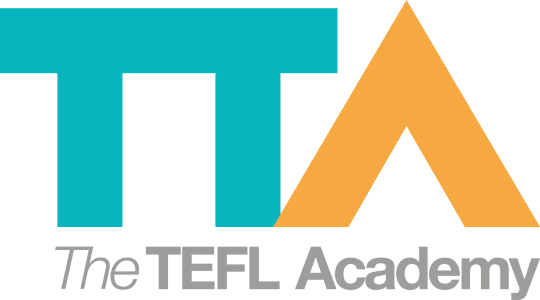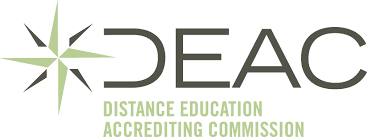How To Plan Using The Coursebook
Join a global community of over 200,000 TEFL teachers working throughout the world! Enrol me!
Most EFL teachers have a complicated relationship with course books. If we have them, we complain about them and don’t want to use them, but if we don’t have them we complain and wish we had their structure and resources at our disposal. Love them or hate them, though, course books are here to stay, so it’s a good idea to get to know the best way to plan your lessons using them.
Step 1: Look at what you’ve got
Look carefully at the pages you need to teach. Look at what comes before them and what comes after them. Make sure you are clear on the aims of your lesson. Think about what your students will already know and what problems they might have with the language. Consider what activities they enjoy doing and what skills they need to practise.
Step 2: Choose what to use
Now that you know what you want your students to do, you need to think about how they will achieve this. Decide which parts of the course book pages you will use i.e. which exercises. It’s perfectly OK not to use everything in the course book. You might find the reading is not appropriate (or interesting enough) for your class or the grammar exercises are too easy or difficult or they’ve recently covered that particular pronunciation point. Decide which exercises and activities are appropriate, which ones you will adapt and which ones you will leave out completely.
Step 3: Decide on a sequence
You know what you’re going to do in the lesson, now you must just decide when you want to do what. There is no need for you to start at Exercise 1A and finish at 6E. You can jump around on the pages as much as you like, as long as the sequencing makes sense. You also need to decide the timeframes for each activity, but this will depend on your class.
Step 4: Make the course book come alive
Once you have decided what you are going to do and when you are going to do it, you can think about how you can adapt the course book material to make it more dynamic. If an activity requires students to fill in a table, for example, why not turn this into a whole class activity on the board – a board race? Or if an activity asks students to ask their partner certain questions, why not let your students come up with the questions and then let them mingle? Think about different groupings you can incorporate into your lesson and different types of activities and how you can make the activities more reflective of real-life communication.
Step 5: Get teaching!
All that’s left for you to do is carry out your plan, execute your most amazing lesson plan and enjoy!
Accreditation & Quality Assurance
The TEFL Academy was the world’s first TEFL course provider to receive official recognition from government regulated awarding bodies in both the USA and UK. This means when you graduate you’ll hold a globally recognised Level 3 (120hr) Certificate or Level 5 (168hr) Diploma, meaning you can find work anywhere and apply for jobs immediately.
 United Kingdom
UK
United Kingdom
UK












